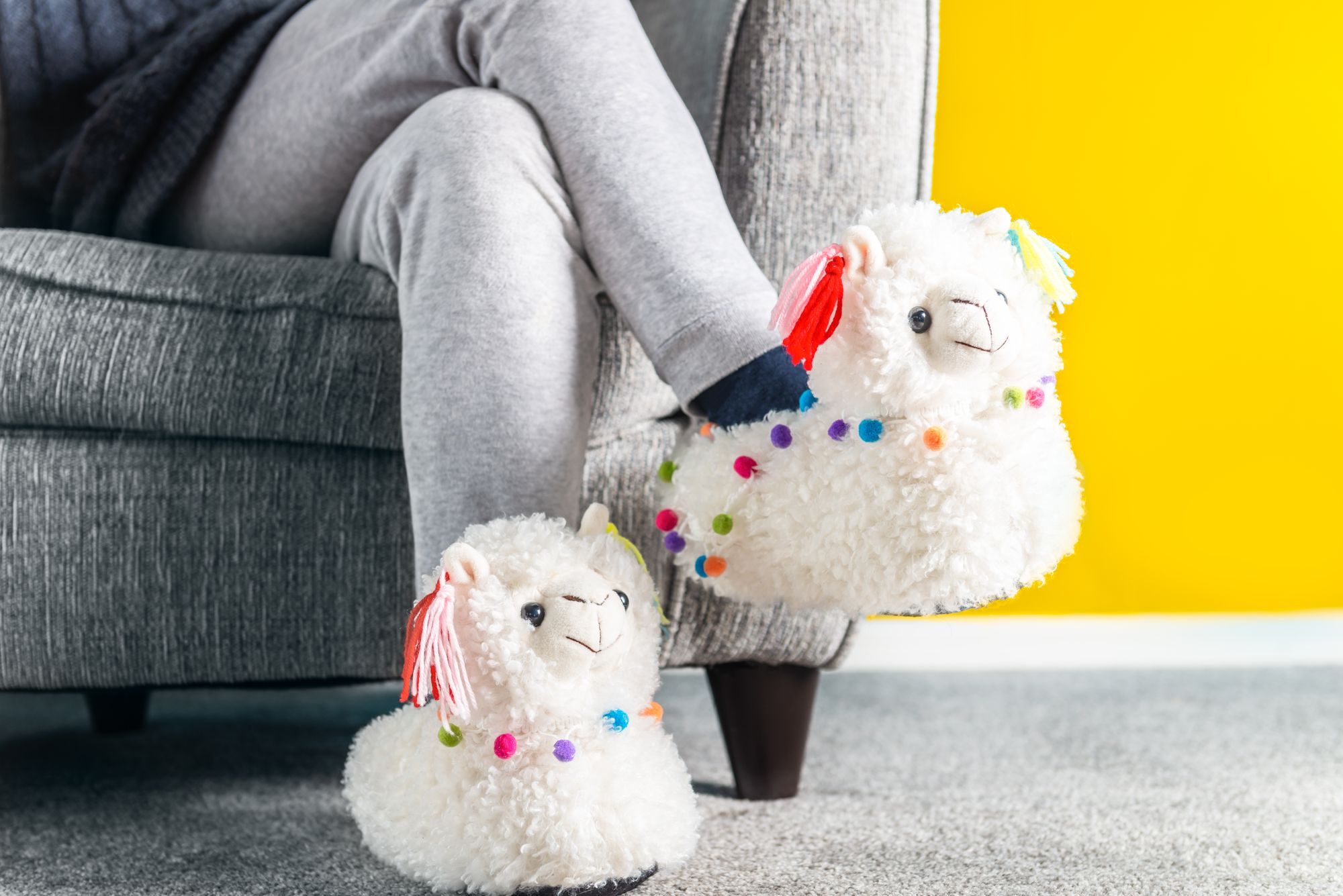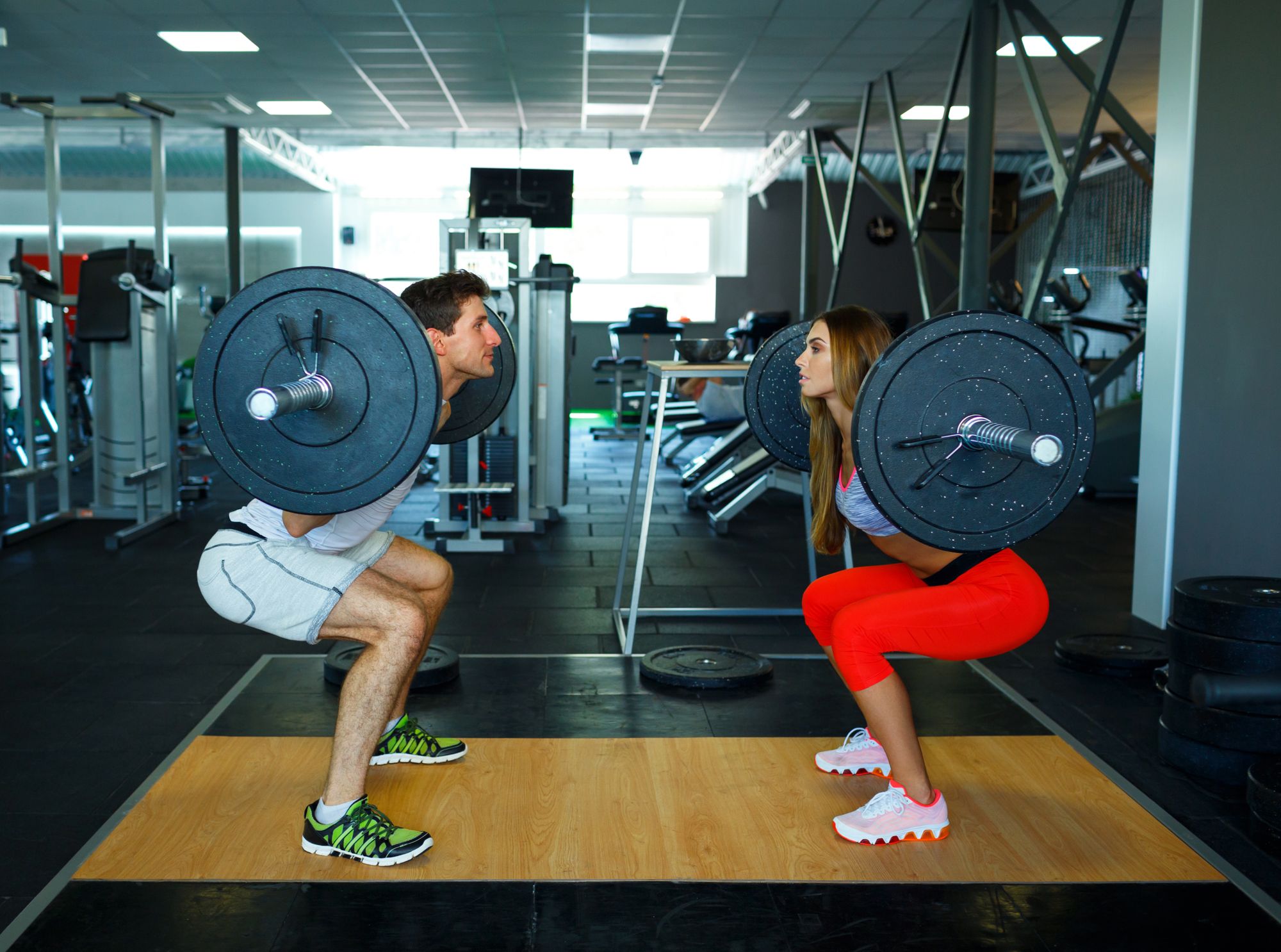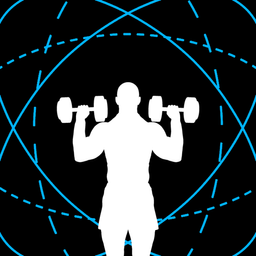How to Find the Best Workout Shoe for You
Finding the best workout shoe for you could help you lift more and lower your injury risk. Here's how (we cover weightlifting + running shoes).

What’s one thing you must wear to the gym?
Other than clothes — for obvious legal reasons 🚨 And spectacles, if you’re shorted-sighted, long-sighted, have astigmatism … etc. OK, *sigh* we realize our question might not have been all that great but play along for now (pretty please).
Mm-hmm. The answer is shoes! So, in this article, we’ll explore how to find the best workout shoe for you. Before you ask, yes.
We’ll be covering weightlifting and running shoes.
Weightlifting shoe
Let’s start with weightlifting shoes. There are 4 key features to look out for.
#1: Heel material
A weightlifting workout shoe should have a hard base.
This creates a stable base that reduces your risk of wrecking your ankles and allows for a more efficient transfer of force (because, physics).
You can choose between 3 materials: plastic (usually TPU), wood, and leather. If you’re wondering which is better, TBH, we couldn’t tell you. All we can say is:
🤷 The rest is up to you.
#2: Heel elevation
The standard heel on weightlifting shoes is 0.75 inches.
But, sometimes, you may wish to go for a higher heel (typically 1 inch) if you lack ankle mobility and/or have long legs + long torso or short torso + long legs. Note: this applies to the squats.

A higher heel may not be conducive for deadlifts as it may:
- Increase the range of motion you have to go through
- Shift you forward (which could, in turn, knock down the amount of weight you can pull)
Feel free to experiment with the different heel heights available, most commonly 0.6 inches, 0.75 inches, and 1 inch, to suss out one that best suits your weightlifting needs most of the time.
(Or, you know, you could always buy 2 weightlifting workout shoes 😈)
#3: Shoe straps
Not just a thing for little, clumsy toddler hands that haven’t quite mastered the manual dexterity needed for laces — shoe straps on weightlifting shoes:
Question: are 2 straps better than 1? (If you thought that sounded familiar, you’re probably thinking about this. You’re welcome.)
If you prefer a tight feel (*ahem* stop ✋), then 2 might suit you better.
That said, just 1 strap would likely be enough either way.
#4: Toe box
A wider toe box can help with toe splay, which creates a stable base for lifting.
Running shoe
Moving on to the next type of workout shoe: your running shoes.
There are relatively fewer considerations here, but you should still pay attention — because there’s nothing worse than waking up to busted knees and ankles after what you thought was a great cardio session.
#1: Cushioning
Our ancestors ran barefoot. They ran far and fast.
And that’s why we shouldn’t wear cushioned shoes; all they do is cause us to heel strike*, which causes injuries.
🤨
*Before we expand on that highly skeptical expression, some background information: foot strike pattern is how your foot lands on the ground when you run.
Midfoot striking: When your foot lands flat on the ground
Forefoot striking: When the front of your foot lands first
Back to our skepticism.
Turns out, it’s well-warranted because there’s very little evidence showing a relationship between foot strike patterns and running injuries. A study analyzing professional marathon runners even found that half of them preferred heel striking. Huh.
What does this mean for you? Let’s discuss the next 2 considerations first.
#2: Shoe drop
A running shoe drop doesn’t refer to the latest launch.
Instead, it simply describes the height difference between the heel and toe area. It’s usually measured in millimeters. Traditionally, most running shoes sport a 10 mm drop. But because of the “but-our-ancestors-ran-barefoot” argument, we now have 0 mm drop shoes.
#3: Pronation or supination
Just so you know, pronation and supination are how your foot rolls and distributes forces when you land:
- Pronation: When your foot leans outwards
- Supination: When your foot leans inwards
Here’s a picture to help you visualize that:

Although once thought to be a key risk factor for injury, newer research has found no significant differences in distance to first running-related injury between highly supinated, supinated, pronated, and highly pronated feet compared with neutral feet.
In other words: don’t bother with “special” workout shoes “engineered” to support pronated or supinated feet.
Bottom line? Just pick whatever feels most comfortable
It’s going to take some trial and error, but a good starting place would be with a workout shoe that has some:
- Cushioning and
- Drop
Get moving
Now that you know how to find the best workout shoe for you, it’s time to get moving. Put some mileage and chuffs on those shoes (collectible Air Jordans, they are not).
And if you’re looking for guidance and/or accountability in your fitness journey, may we introduce you to GymStreak. This smart, AI-powered app creates tailored, plug-and-play fitness and nutrition plans in the blink of an eye — so you waste no time in transforming your physique.
Get a sneak peek of this award-winning app here:
Workout Programming + Nutrition Tracking, Off Your Hands
*sigh of relief* We'll guide you through it all — step-by-step. Just download the app, and you'll be making progress toward your dream body like never before.
References
Hanley, Brian, et al. “Most Marathon Runners at the 2017 IAAF World Championships Were Rearfoot Strikers, and Most Did Not Change Footstrike Pattern.” Journal of Biomechanics, vol. 92, July 2019, pp. 54–60. ScienceDirect, https://doi.org/10.1016/j.jbiomech.2019.05.024.
Metzler, Brian. “Who Wore Which Shoes at the New York City Marathon?” RUN | Powered by Outside, 8 Nov. 2022, https://run.outsideonline.com/gear/road-shoes/shoes-at-the-new-york-city-marathon/.
Nielsen, Rasmus Oestergaard, et al. “Foot Pronation Is Not Associated with Increased Injury Risk in Novice Runners Wearing a Neutral Shoe: A 1-Year Prospective Cohort Study.” British Journal of Sports Medicine, vol. 48, no. 6, Mar. 2014, pp. 440–47. PubMed, https://doi.org/10.1136/bjsports-2013-092202.
“The 12 Most Expensive Jordans Ever Sold: The Holy Grail of Sneakers.” Yahoo Entertainment, 15 May 2023, https://www.yahoo.com/entertainment/12-most-expensive-jordans-ever-220000685.html.


